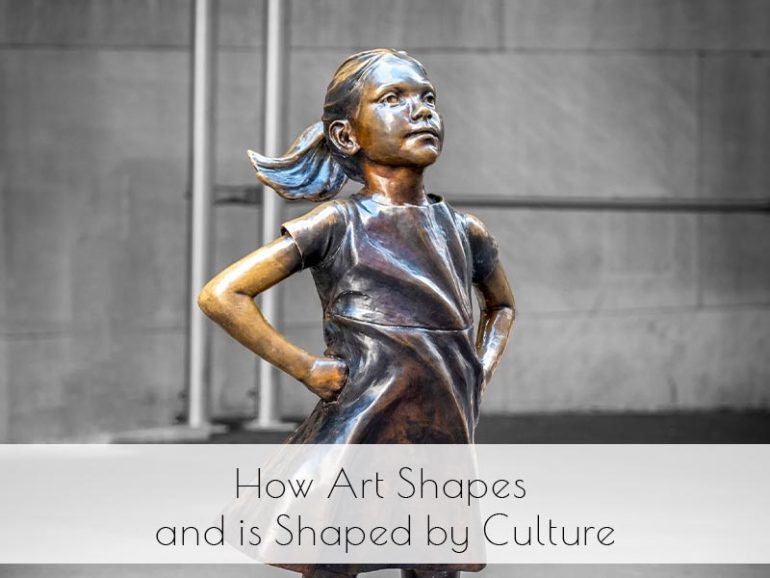Art has always been a powerful mirror of society, reflecting historical events, cultural shifts, and social movements. It not only captures the essence of its time but also influences and shapes cultural narratives. In this post, we will explore how art reflects and shapes society through historical case studies, its role in social and political movements, and modern examples addressing current issues.
Case Studies of Art Reflecting Historical Events
Throughout history, artists have depicted significant events, capturing the emotions and impacts of these moments on society. These works serve as both historical records and powerful commentaries.
- Pablo Picasso’s “Guernica”: Created in response to the bombing of the Basque town of Guernica during the Spanish Civil War, Picasso’s “Guernica” is a haunting depiction of the horrors of war. The monochromatic palette and distorted figures convey the chaos and suffering caused by the attack, making it one of the most poignant anti-war statements in art.
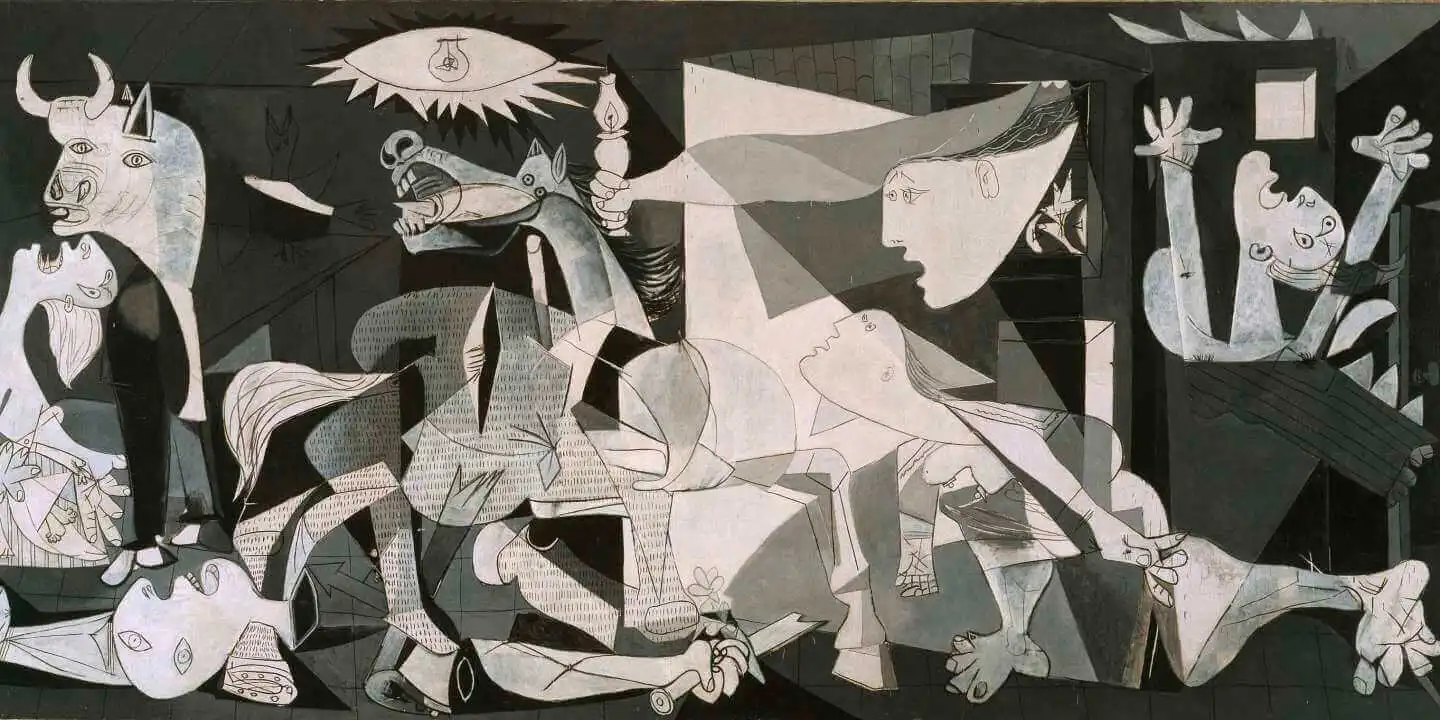
- Eugène Delacroix’s “Liberty Leading the People”: This painting commemorates the July Revolution of 1830 in France, which led to the overthrow of King Charles X. Delacroix portrays Liberty as a heroic figure leading the people, embodying the spirit of freedom and revolution. The dramatic composition and use of symbolism make it a powerful representation of the struggle for democracy.

- Francisco Goya’s “The Third of May 1808”: Goya’s depiction of the execution of Spanish rebels by French soldiers during the Peninsular War captures the brutality of conflict. The stark contrast between the illuminated victims and the shadowy executioners highlights the tragedy and inhumanity of war, making it a poignant anti-war statement.
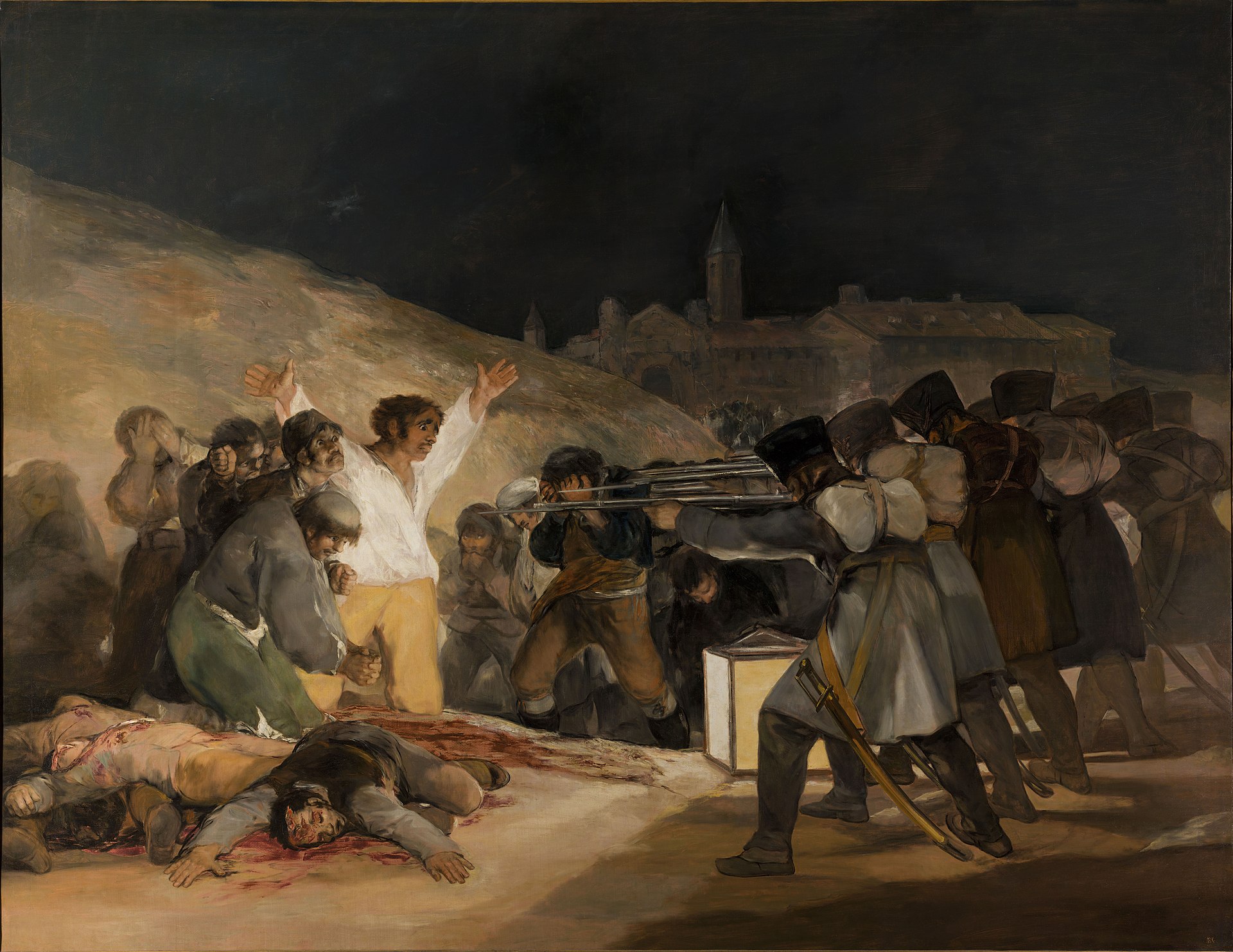
The Role of Art in Social and Political Movements
Art has been a vital tool for social and political movements, serving to inspire, mobilize, and communicate powerful messages.
- Diego Rivera’s Murals: Rivera’s large-scale murals, such as those in the National Palace in Mexico City, reflect the ideals of the Mexican Revolution. His works celebrate the struggles and achievements of the Mexican people, blending political themes with vivid, accessible imagery. Rivera’s art played a crucial role in promoting the values of the revolution and fostering a sense of national identity.
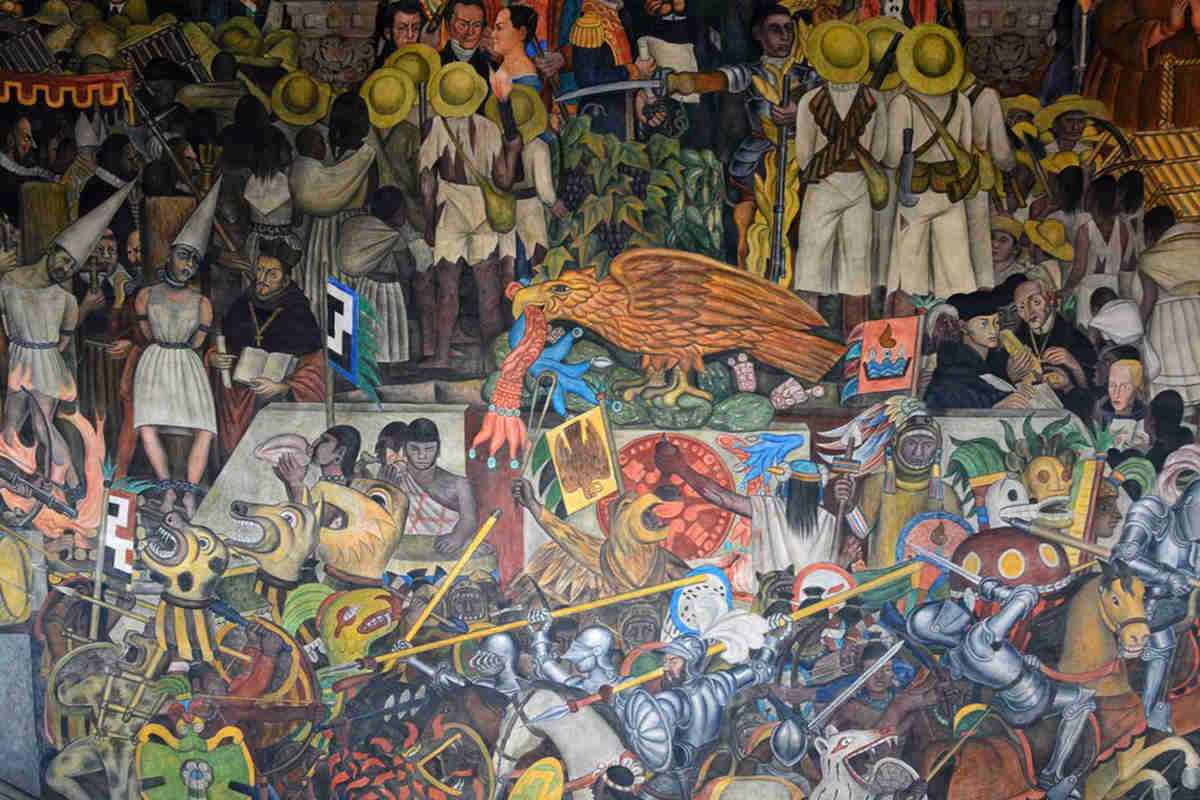
- Shepard Fairey’s “Hope” Poster: Created during the 2008 US Presidential Election, Fairey’s “Hope” poster became an iconic image of Barack Obama’s campaign. The stylized portrait and bold colors convey a message of optimism and change, encapsulating the spirit of the campaign and its promise of a new era in American politics.
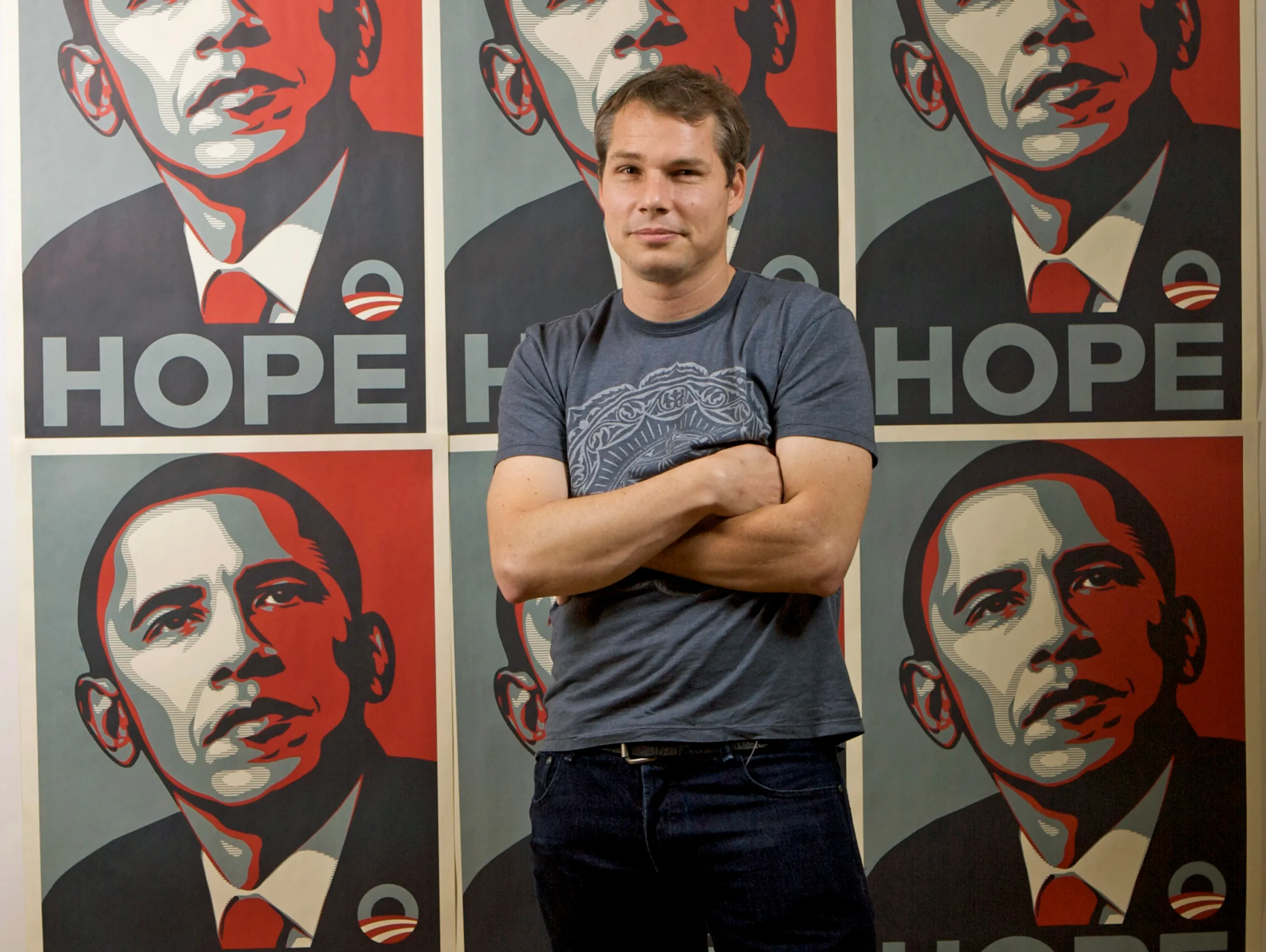
- The AIDS Memorial Quilt: An ever-expanding quilt with panels commemorating individuals who died from AIDS, this powerful artwork serves as both a memorial and a tool for raising awareness about the AIDS crisis. It humanizes the epidemic, giving a face to the statistics and fostering a sense of community and activism.
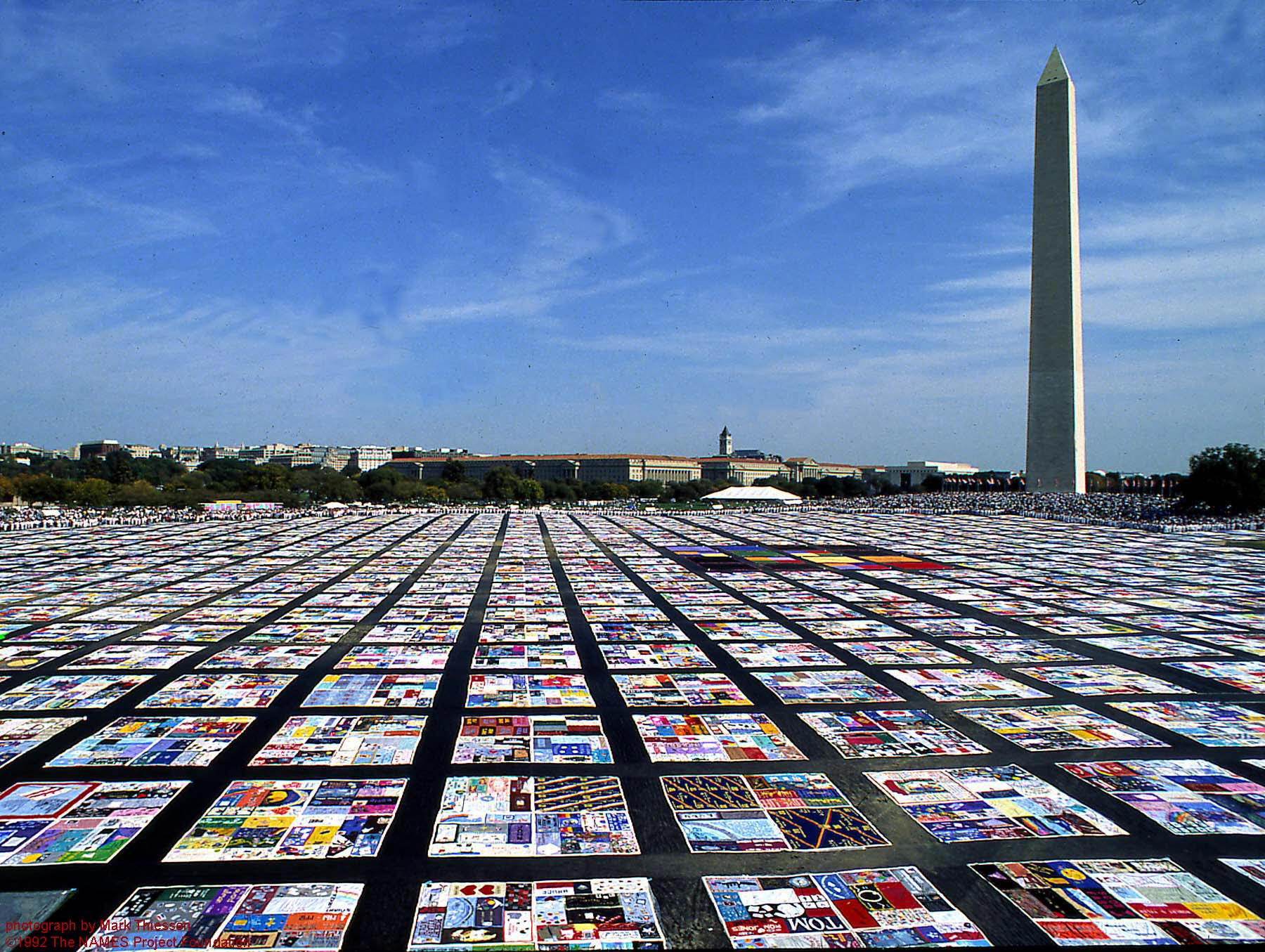
Modern Examples of Art Addressing Current Issues
Contemporary artists continue to address social and political issues through their work, using their platforms to provoke thought and inspire change.
- Banksy’s Street Art: Known for his provocative and often politically charged street art, Banksy addresses themes such as consumerism, war, and social injustice. Works like “Girl with Balloon” and “Love is in the Air” use striking imagery and clever commentary to engage the public and spark conversation.
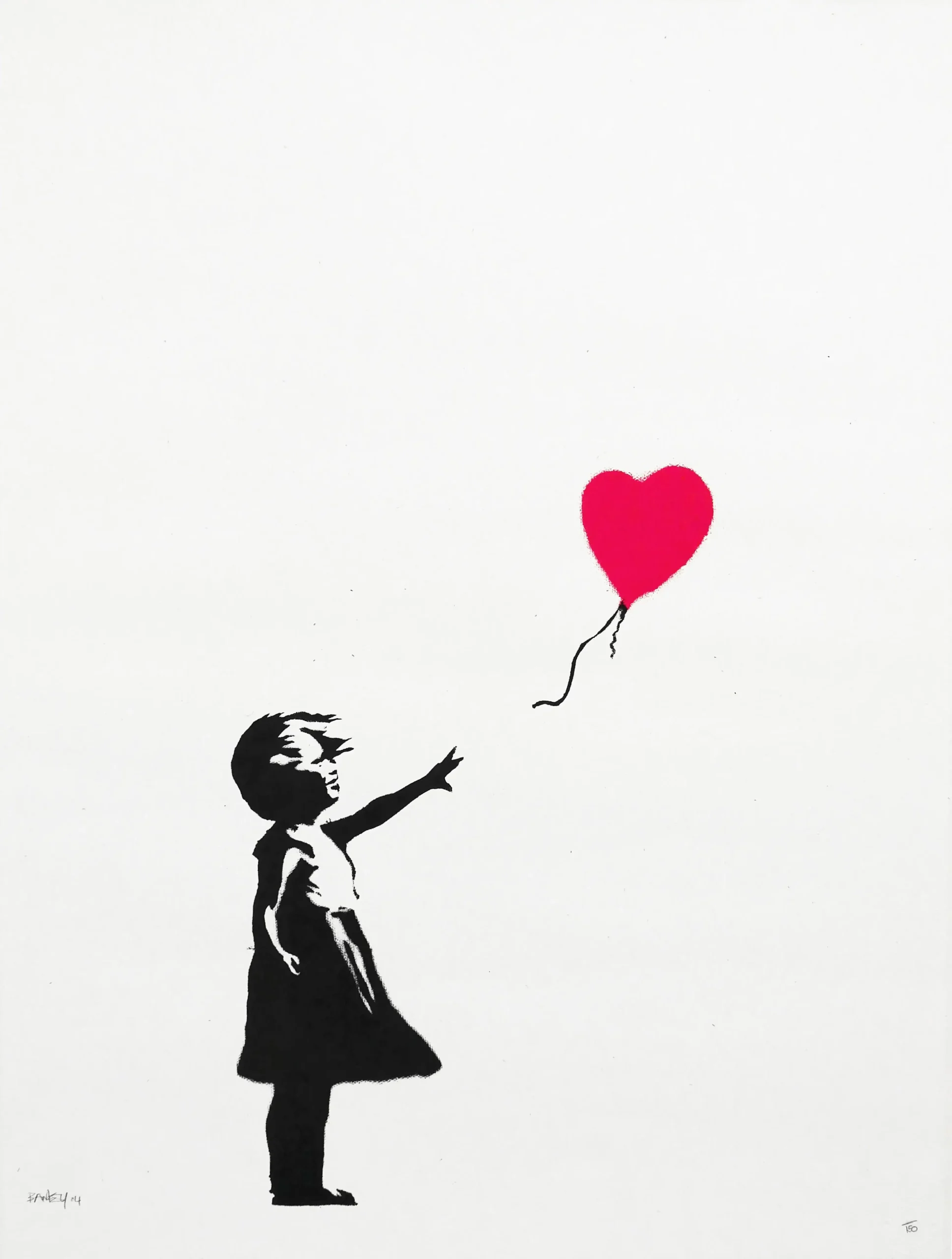
- Ai Weiwei’s Installations: Ai Weiwei, a Chinese artist and activist, uses his art to highlight human rights abuses and political oppression. Installations like “Sunflower Seeds” and “Remembering” challenge viewers to reflect on issues of freedom, authority, and individual rights.
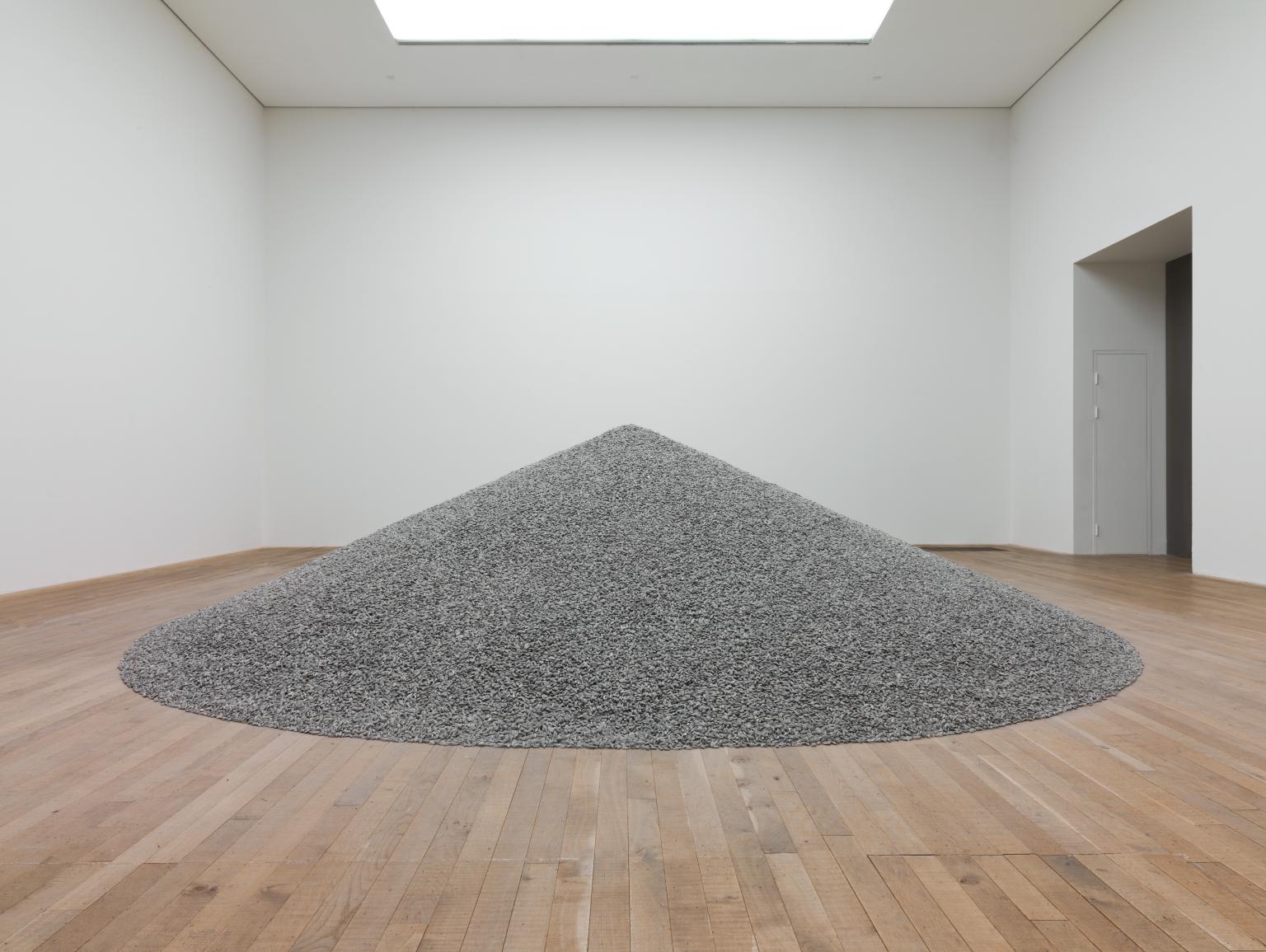
- The “Fearless Girl” Statue: Installed in front of the Charging Bull on Wall Street, the “Fearless Girl” statue symbolizes the fight for gender equality in the corporate world. It has become a powerful emblem of female empowerment and a call for increased representation and opportunities for women in leadership roles.
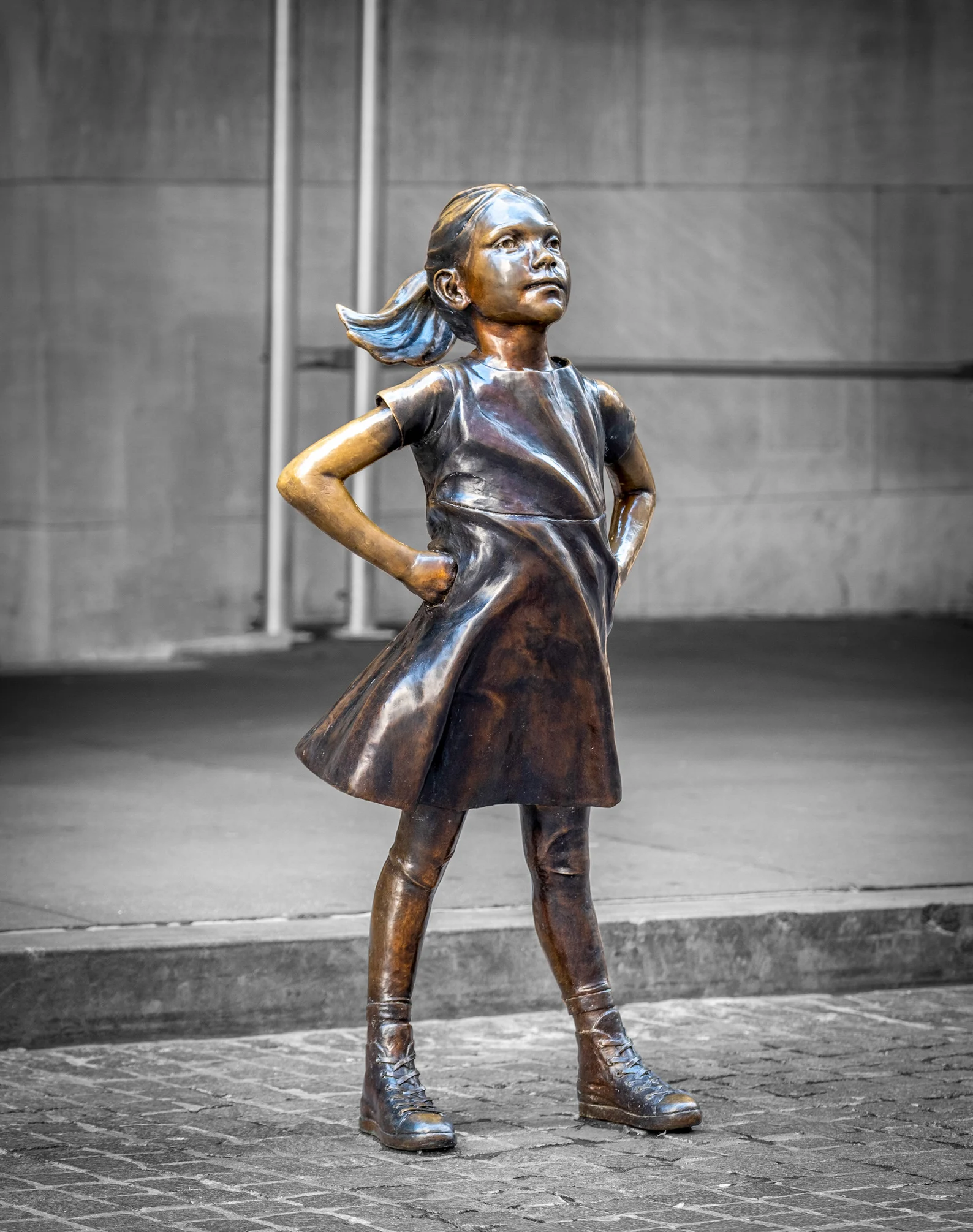
Art’s ability to reflect and shape society is a testament to its power and relevance. By examining historical case studies and contemporary examples, students can appreciate how art captures cultural shifts and inspires social change. Understanding the dynamic relationship between art and society encourages us to engage with the world more thoughtfully and creatively, recognizing the potential of art to drive progress and reflect our collective experiences.
If you would like to receive a roundup of all of our blog posts once a week to keep you inspired in your inbox, why not sign up to our newsletter. You can access our sign up at the top of our page. If you are a London Art College student and you would like your artwork featured here, drop us a line at any time.

